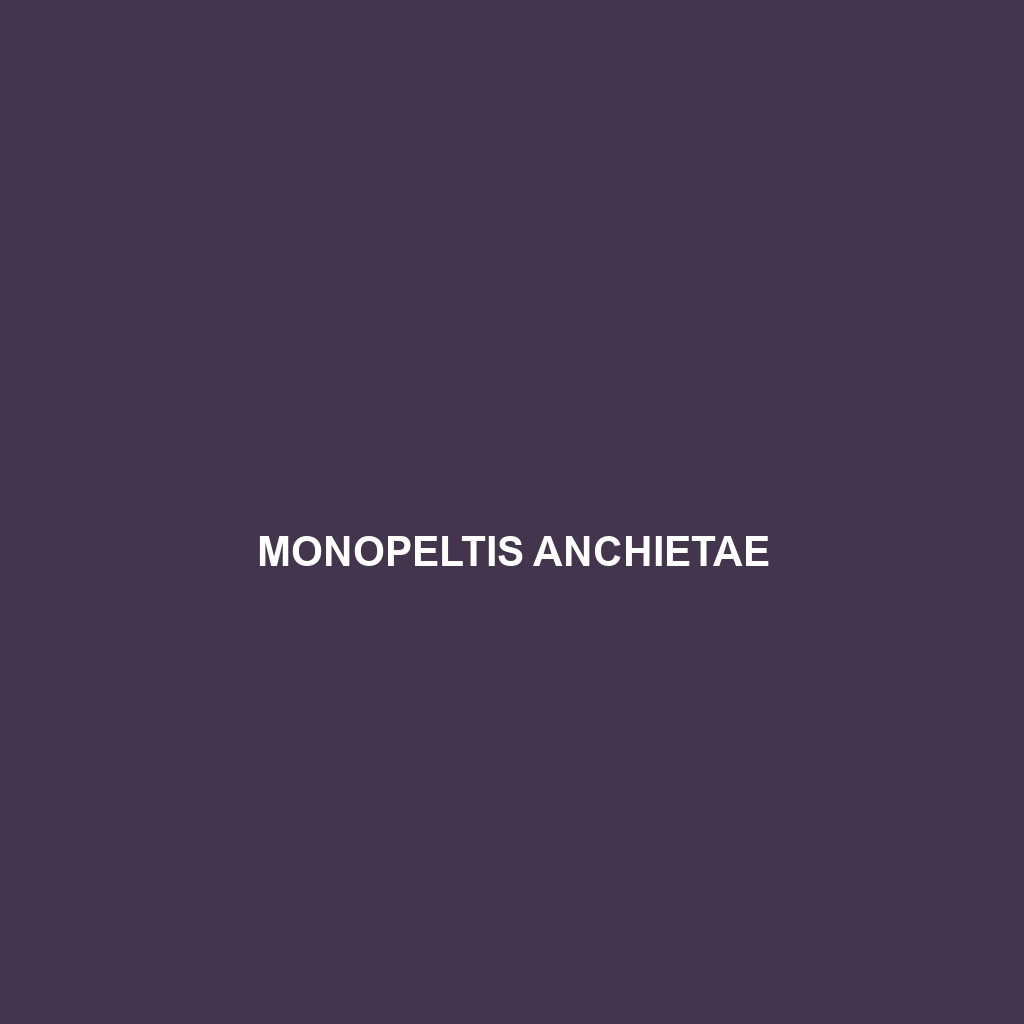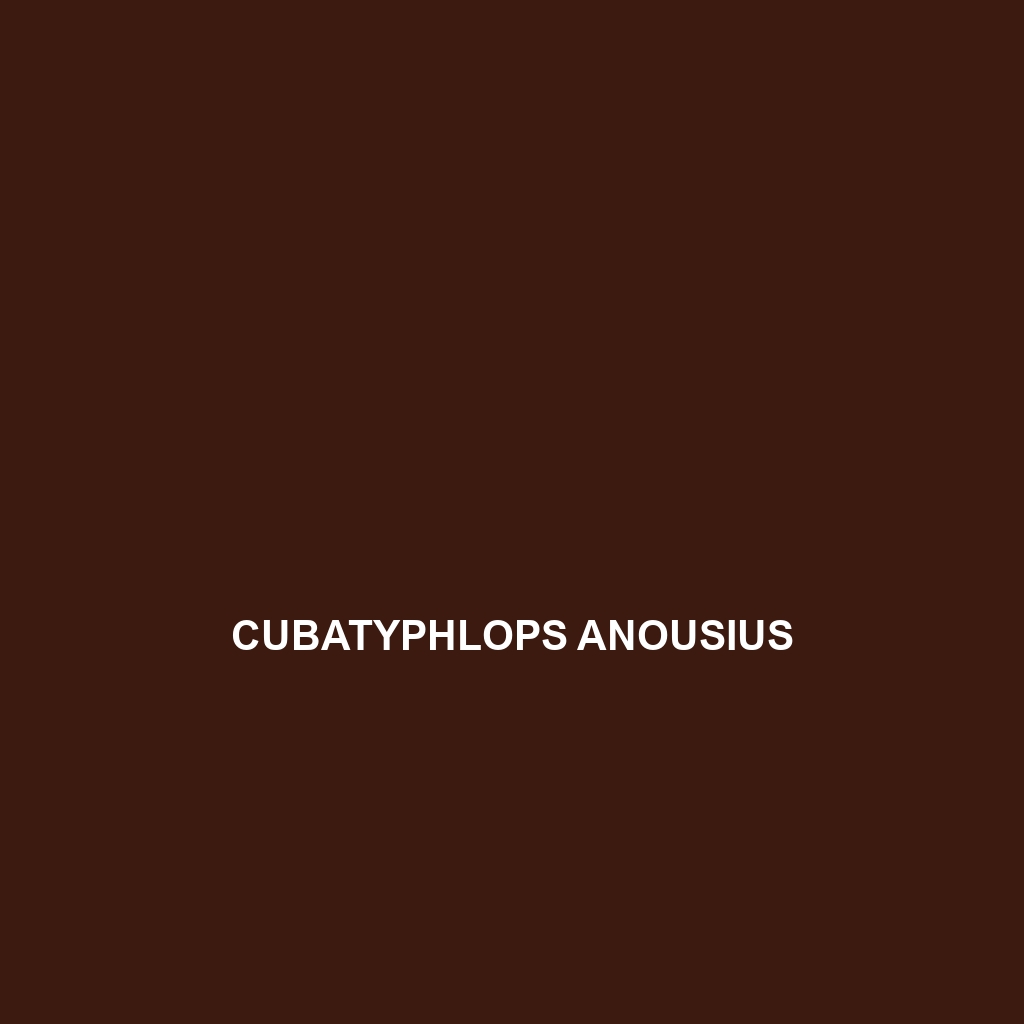<p><b>Python breitensteini</b>, also known as Breitenstein's python, is a robust, carnivorous snake native to the tropical rainforests of Southeast Asia, growing up to 4 meters in length and featuring distinctive yellow or cream coloration with dark blotches. This largely nocturnal species plays a crucial role in its ecosystem by controlling small mammal and bird populations.</p>
Tag: endangered species monitoring.
Python breitensteini
<p><b>Python breitensteini</b>, also known as Breitenstein's python, is a robust, carnivorous snake native to the tropical rainforests of Southeast Asia, growing up to 4 meters in length and featuring distinctive yellow or cream coloration with dark blotches. This largely nocturnal species plays a crucial role in its ecosystem by controlling small mammal and bird populations.</p>
Plestiodon multilineatus
<p><b>Plestiodon multilineatus</b>, or the many-lined skink, is a striking insectivorous lizard found in diverse eastern U.S. habitats, including forests and grasslands. Recognizable by its elongated body, smooth scales, and unique longitudinal stripes, this diurnal species plays a vital role in controlling insect populations while serving as prey for various predators.</p>
Pachydactylus mariquensis
<p><b>Pachydactylus mariquensis</b> is a medium-sized gecko found in the arid regions of southwestern Africa, particularly Namibia and South Africa. Known for its remarkable adaptability to extreme temperatures and unique camouflage, this nocturnal insectivore plays a vital role in its ecosystem by helping control insect populations.</p>
Monopeltis anchietae
<p><b>Monopeltis anchietae</b>, also known as Anchieta's legless skink, is a nocturnal insectivore found in the sandy soils of southern Africa's temperate forests and savannas. Notable for its elongated, limbless body, this species plays a crucial role in controlling insect populations while contributing to the ecosystem's health.</p>
Marisora lineola
Discover the fascinating Marisora lineola, a versatile omnivore thriving in diverse habitats from tropical rainforests to coastal marine environments. With its unique coloration, webbed feet for agility, and significant ecological role in seed dispersal, this species showcases remarkable adaptability and contributes to ecosystem health.
Gehyra spheniscus
Introducing the Southern Spiny-tailed Gecko (Gehyra spheniscus), a medium-sized, nocturnal insectivore known for its distinctive spiny tail, vibrant camouflage, and adaptability within subtropical and tropical habitats of northern Australia. This resilient species plays a vital role in ecosystem balance, controlling insect populations while serving as a food source for larger predators.
Cubatyphlops anousius
Discover the fascinating Cubatyphlops anousius, a nocturnal blind snake found in the moist forests of Central and South America. With its smooth, camouflaged skin and burrowing lifestyle, this species plays a vital role in maintaining soil health by preying on small invertebrates.
Apostolepis ambiniger
Discover the Apostolepis ambiniger, a sleek, nocturnal snake native to tropical South American forests, recognized for its striking brownish coloration and distinctive head shape. This agile predator plays a vital role in the ecosystem by controlling populations of small vertebrates and adapting seamlessly to its environment.
Anolis pumilus
Introducing the Anolis pumilus, a small Caribbean lizard measuring 3 to 5 inches in length, known for its vibrant shades of green to brown. This agile, diurnal species thrives in humid tropical forests, feeding primarily on insects and playing a vital role in maintaining ecological balance.









